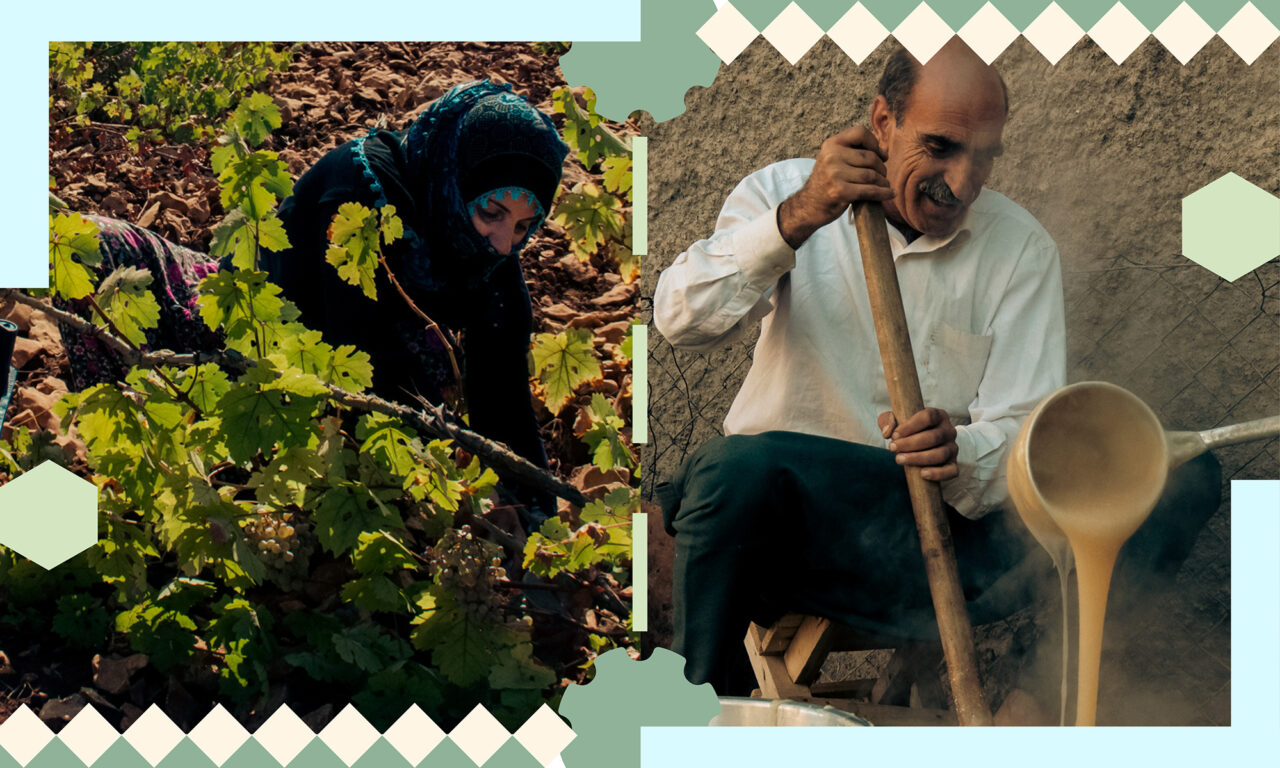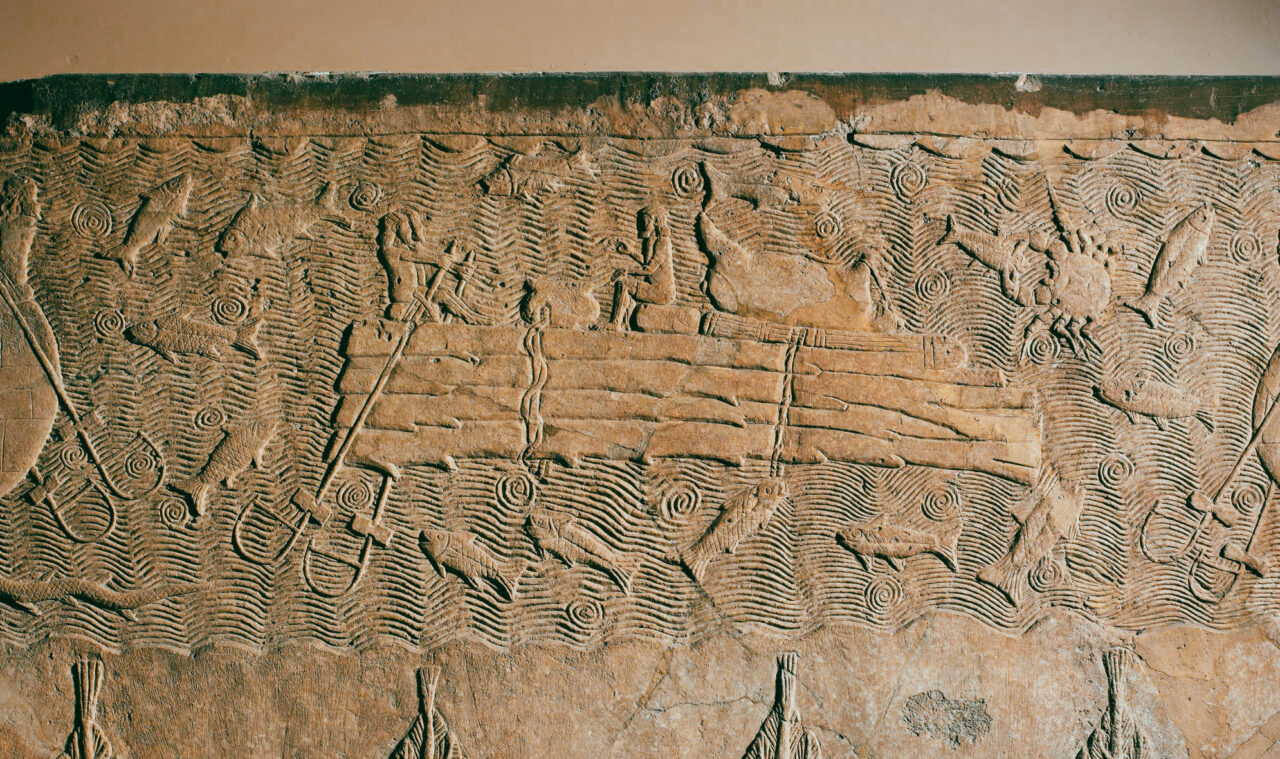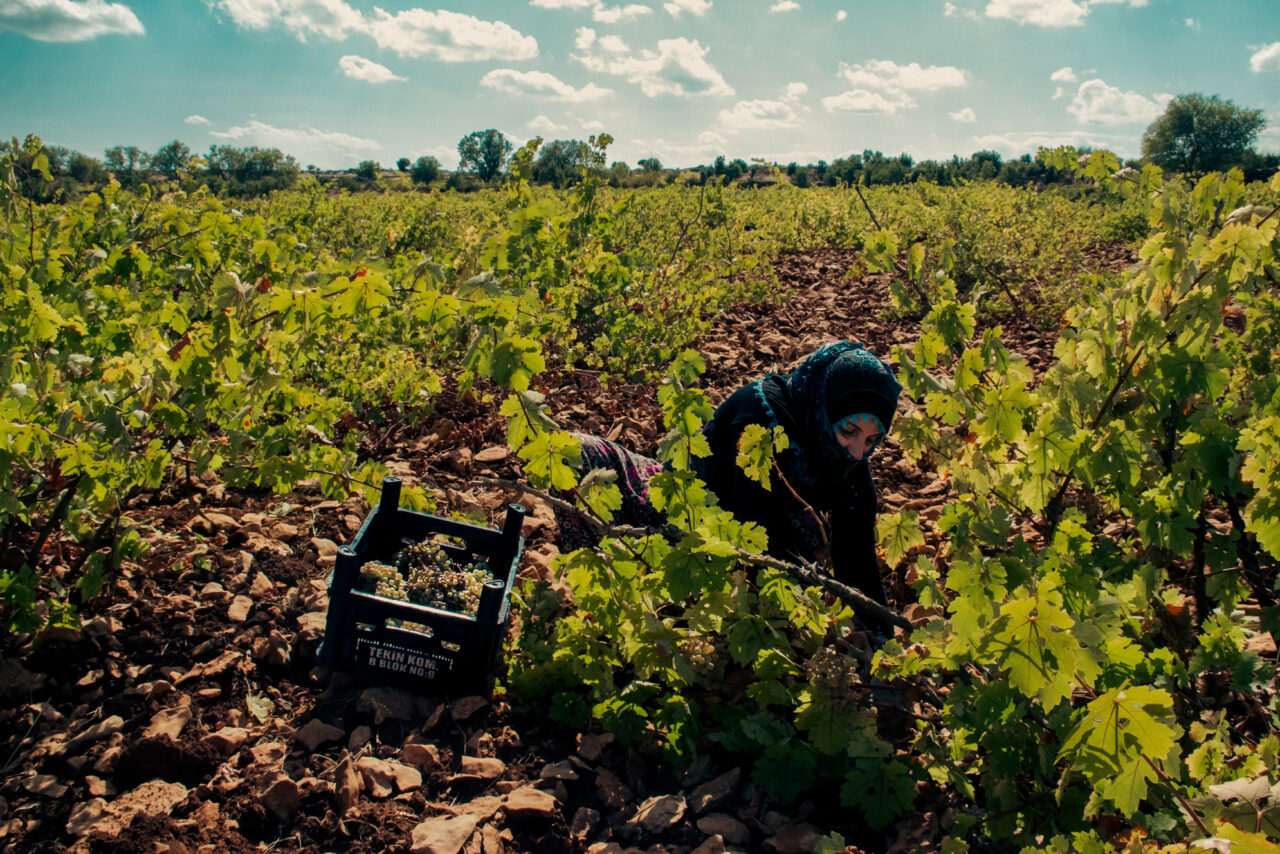
Diyarbakır is located in an area with one of the most suitable climates and natural structure for viticulture. Other than the wild variety of grapes, these are the lands where the grape vine was first cultivated in human history. Viticulture has been a part of life since the earliest periods of human settlement. Among the over seventy varieties of grape, there are table grapes, grapes suitable for drying into raisins, grapes to be made into grape juice and wine grapes.
In this section, Gültekin Özdemir, academic at the Faculty of Agriculture at Dicle University, introduces the grape varieties that grow in Diyarbakır and their qualities, providing information about the products grapes are used in and the stages of traditional production.
Gastronome and oenologist Levon Bağış tells the story of Boğazkere, one of the most famous wine grapes of the region, that goes back to Herodotus.
Due to its location on the crossroads of the genetic centres of the grape plant and the areas where the grape plant was first cultivated, Turkey is in the climate zone most suitable for growing grapes. This is also why we can speak of viticulture that goes back around six millennia, and a significantly rich genetic potential that belongs both to the wild grapevine (Vitis vinifera ssp. sylvestris Gimel), and the cultivated grapevine (Vitis vinifera ssp. sativa D.C.).
74 different types of grapes grow in Diyarbakır, which has one of the most suitable ecological climates for viticulture. In numerous archaeological remains discovered in the Çermik, Çüngüş, Lice, Dicle, Ergani, Eğil, Kulp and Hazro districts, findings have been unearthed showing that viticulture has been practiced since ancient ages in these lands.
Diyarbakır’s climate is suitable for the growing of grape varieties suitable for the table, for drying, for juice and for wine, and also allows for varieties in all stages of maturity, from those that ripen earliest to those that ripen latest.
Prof. Dr. Gültekin Özdemir, Dicle University, Faculty of Agriculture, Department of Horticulture
The total vineyard area of Turkey is 468,792 hectares, with an annual fresh grape production that exceeds 4 million tonnes. Although figures vary by the year, Turkey ranks fifth in the world in terms of its vineyard area, and sixth in terms of its fresh grape production. Viticulture is an intensive agricultural occupation, and therefore is a direct means of living in many cities including Diyarbakır.
Although grapes produced in Diyarbakır are mostly consumed as fresh grapes, they are also processed as local products including pekmez [molasses], bastık (pestil), cevizli sucuk, muska and köfter. The greater part of these local products are consumed within the family and the rest is sold on.
In addition to Turkey’s standard grape types such as Tahannebi, Hatun Parmağı and Muhammediye, which have greater table grape sales potential, local grape varieties such as Genç Mehmet, Kırmızı Üzüm, Vanki, Kızıl Vanki, Sinceri and Zerik are also sold as table grapes. The most widely grown variety in the region is Şire (Mazrune, Mazrume, Mazrumi).
There are 14 different local grape types in Diyarbakır that yield high-quality raisins with seeds. Among them, the varieties Abderi, Ağek, Bağılti, Belülük, Bizdok, Siyah Bizdok, Eşgar, Karakurutma, Karik, Kohar (sweet), Vanki, Mevji, Mikeri and Siyahi are those preferred for drying. However, in recent years, this production has been restricted to family consumption.
Gültekin Özdemir
Among agricultural products, wine has one of the highest added values. A kilogram of high-quality wine grapes cost around a dollar, while a high-quality wine can cost up to fifty times that figure. Diyarbakır has hosted many different civilisations, and it is known that the first activities related to viticulture and wine production in Diyarbakır were initiated and developed by Armenians living in the area.
Grapes both for wine and must have been grown in Diyarbakır especially in the Çermik, Çüngüş, Dicle, Hani, Kulp and Lice districts. The 11 different significant local types among the grapes grown for wine and must are Boğazkere, Öküzgözü, İm, Kohar, Şarabi, Talik, Bastığı, Iskıcuna, Sevik, Şire and Verdeli.
Among the most important wine grape varieties of Turkey, Boğazkere and Öküzgözü are grown mostly in the Çermik, Çüngüş, Ergani and Dicle districts. Boğazkere grapes are synonymous with region, however, while they were bought by major wine distilleries for wine production in the past, the volume of this trade has significantly dropped today. The main reason for this is their establishment of vineyards growing this type of grape in the vicinity of their factories in Ankara, Denizli and Nevşehir in order to use their own grapes in wine production. For this reason, Boğazkere producers face grave problems in marketing.
Gültekin Özdemir
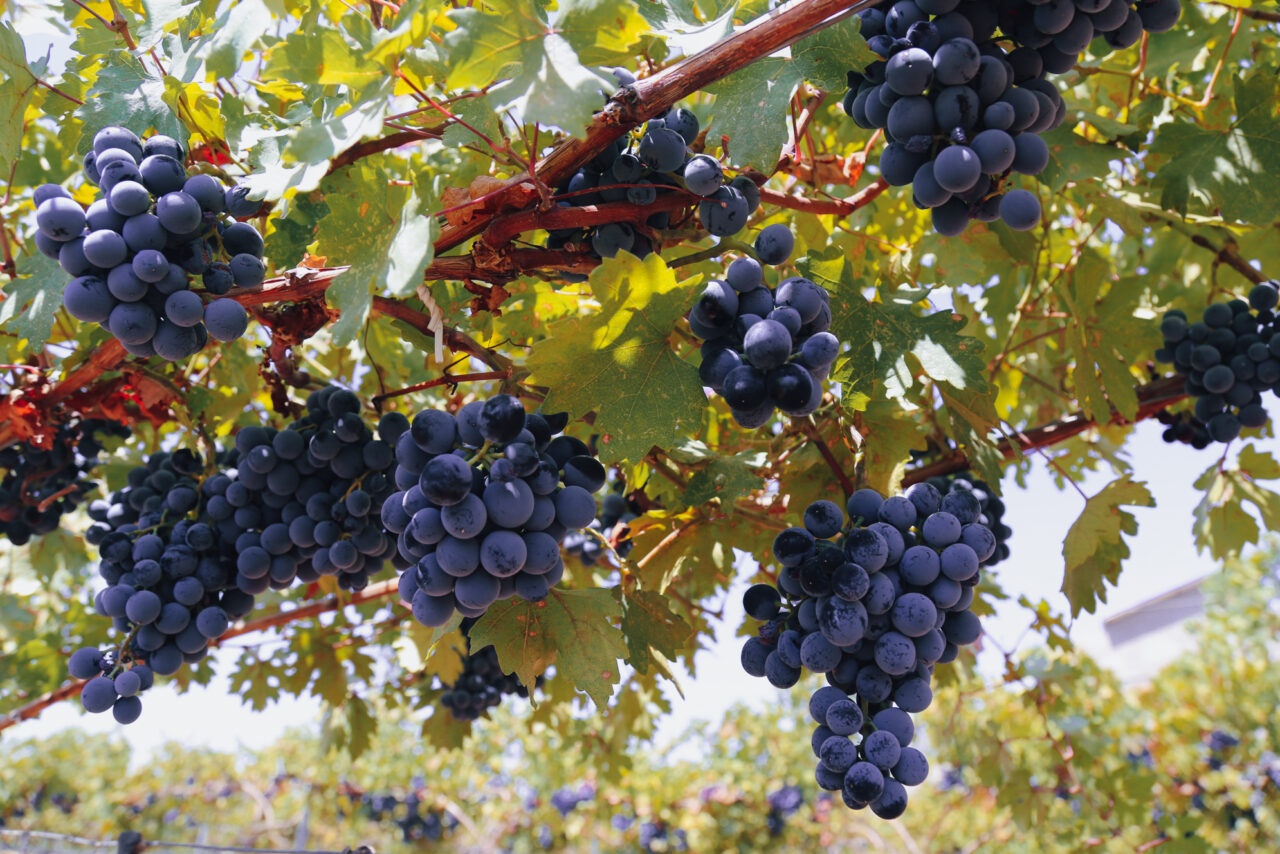
Born in 484 BC, Herodotus, often referred to as “The Father of History”, travelled across Anatolia and Mesopotamia when he was writing about the Greco-Persian wars that took place between 499 and 449 BC. He included the information he collected, along with fabricated Persian stories and folk tales, in his “Histories”. This work retains its value to this day.
In Herodotus’s Histories, there is a lot of information about the land called Armenia, which includes parts of modern-day Turkey’s Eastern and South-Eastern regions. One of the most interesting stories Herodotus tells is about the wine trade.
“I will now give a description of what was to me the most amazing thing in Assyria, after Babylon itself. They have boats plying down the river to Babylon which are completely round and are made of leather. In Armenia, which is upstream from Assyria, they cut branches of willow and make them into a frame, around the outside of which they stretch watertight skins to act as a hull; they do not broaden the sides of the boat to form a stern or narrow them into a prow, but they make it round, like a shield. Then they line the whole boat with straw and send it off down the river laden with goods. Their cargo is most commonly palm-wood casks filled with wine. The boats are steered by two men, who stand upright and wield a paddle each; one of them pulls the paddle towards his body, while the other pushes his paddle away from his body. These boats vary in size from very large downwards; the largest of them can manage cargo weighing five thousand talents. Each boat carries a live donkey – or, in the case of the larger boats, several donkeys. At the end of their voyage in Babylon, when they have sold their cargo, they sell off the frame of the boat and all the straw, load the donkeys up with the skins, and drive them back to Armenia. They do this because the current of the river is too strong for boats to sail up it, and that is why they make these boats out of skins rather than wood. Once they have got back to Armenia with their donkeys, they make themselves more boats in the usual way.”
Levon Bağış, Gastronome and oenologist
Source: Herodotus, Histories, chapter 194, translated by Robin Waterfield, Oxford World’s Classics, 2008, p. 85-86.
Known as Amida or Dikranagerd in Armenian, the gastronomy of Diyarbakır is a common value created by the peoples that have lived together in this region for centuries. Jean Baptiste Tavernier (1605-1689), who travelled across Anatolia several times, writes that there was beautiful bread and wine in Diyarbakır.
Simeon of Poland, a deacon who set out on a pilgrimage to the Holy Land, passed through Anatolia in the years 1608-1618 and wrote the following: “The wine in Arghni is sweet and thick, offered with food, and you cannot drink more than one glass of it.”
The Diyarbakır provincial yearbook for 1936 records 34 different types of grapes produced in the region. Müsebbak, Tahannebi, Mazrona and Boğazkere are a few of them. Boğazkere is a word made up of the verb “kermek” which means to irritate, to itch in Armenian, and the Turkish word “boğaz”, throat, and describes this grape very well. Its unique tannic structure and magnificently balanced aromas make Boğazkere one of the most important grape varieties of our lands.
In terms of geographical location, the wines Herodotus speaks of are also quite probably Boğazkere. Diyarbakır’s local grape Boğazkere is still grown in the region. Some vineyards are over a hundred years old and they continue to produce grape. Especially the vineyards in the vicinity of Çüngüş and Çermik produce the most outstanding examples of Boğazkere.
Boutique wine production has picked up in the region with the emergence of one large and two boutique producers in Elazığ, finally giving the region’s potential its due. It is pleasing to see that the grapes of the region are being processed on site in Arapkir, Mardin and Cizre, however, factors such as the lack of maintenance in vineyards and the further spread in recent years of the insect pest phylloxera, that has threatened grapevines worldwide since the early 19th century, also endanger wine production in Diyarbakır.
Levon Bağış
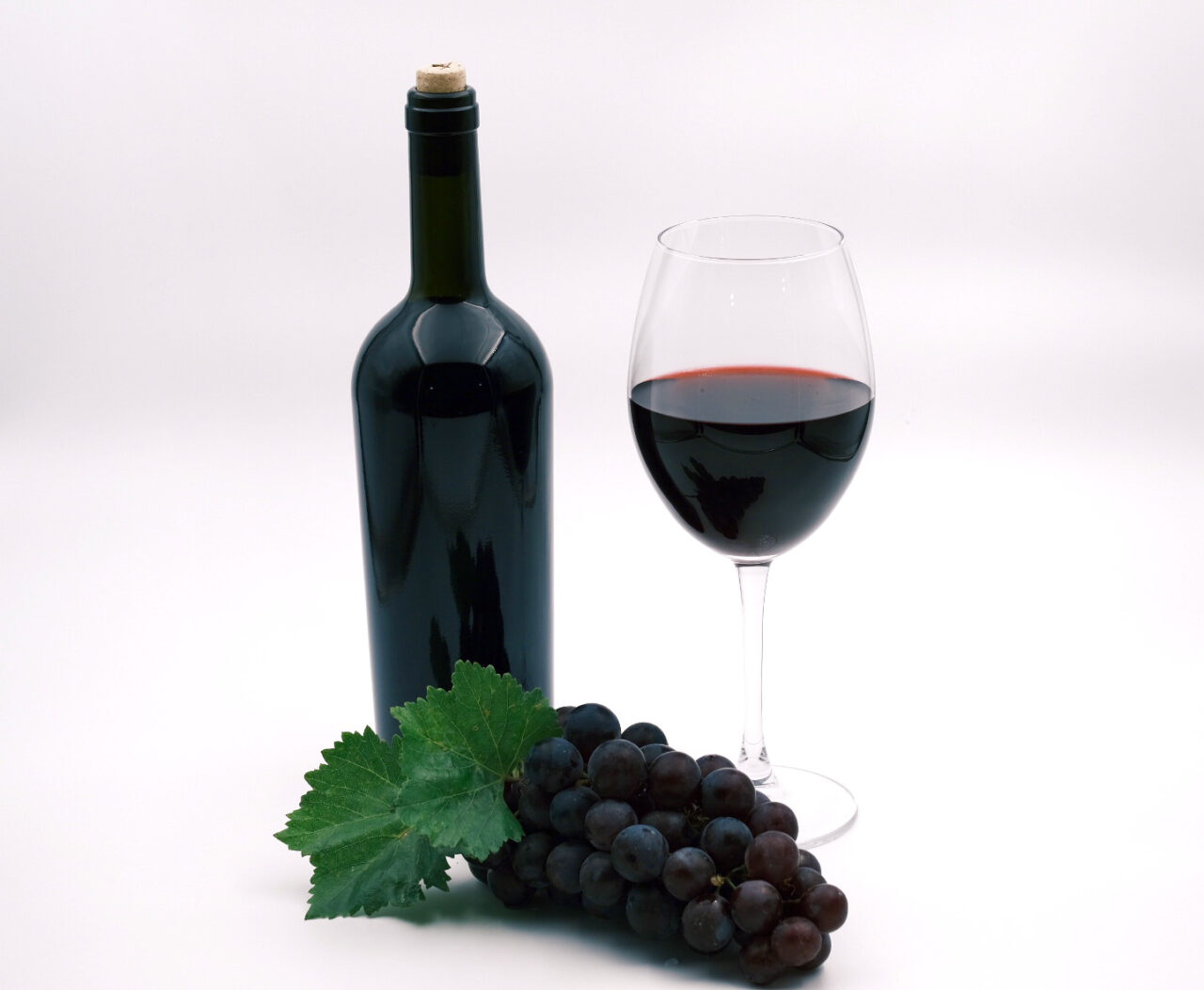
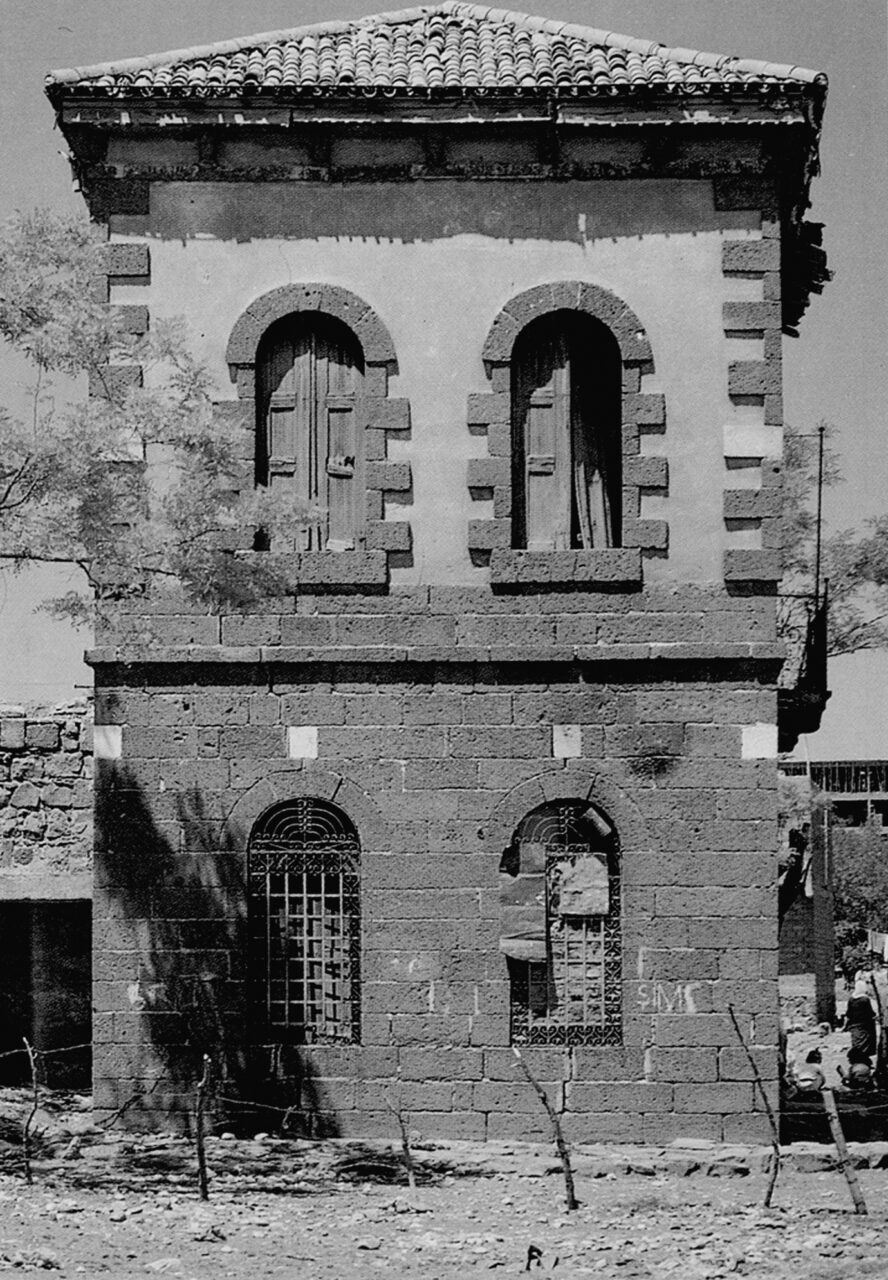
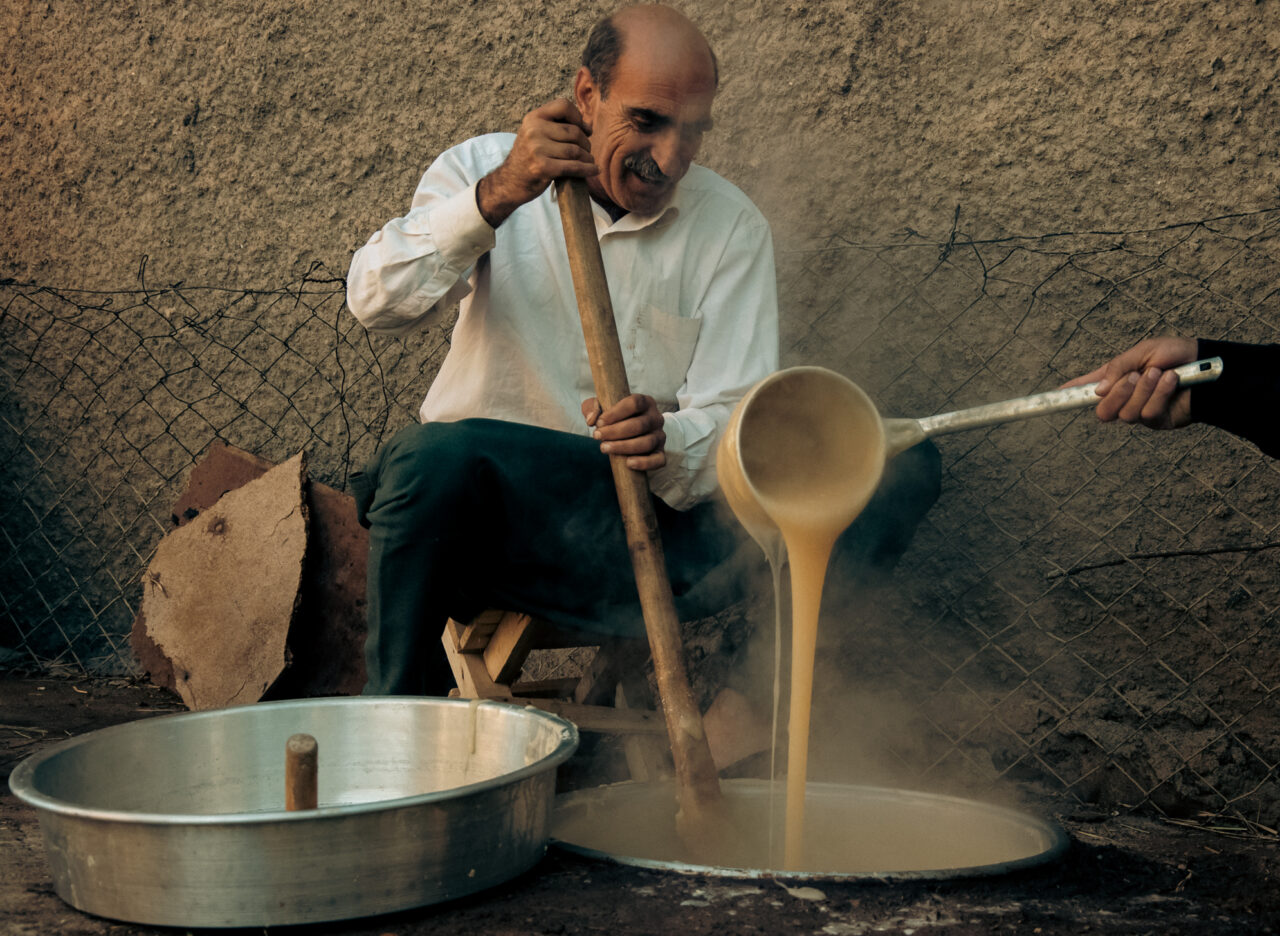
Local varieties are both consumed as fresh grapes and processed into different products including wine, pestil, pekmez [molasses], bulama, muska, tarhana, sucuk, köfter, şıra [must] and grape juice. Pekmez can be defined as a dense food product made by mixing must, made of crushed grapes, with special pekmez soil. The first condition for the making of pekmez is the harvesting of grapes at the right time.
Grapes are harvested at the time when their sugar content is the highest, and carried to the area where pekmez is to be made. The whole process takes place in a festival atmosphere in the villages, with the use of imece, or collective labour. This production process is like a ceremony where people help each other and experience the joy of producing together. Since the vineyards are often on slopes, a significant work force is often required in both the carrying of grapes and production of pekmez.
The harvested grapes are brought to special rock-cut grape crushing areas, and crushed by foot, generally by women. These grape crushing rocks are now considered works of art in themselves, and have largely been replaced by concrete structures or electrical presses.
Must obtained from grape is transferred to cauldrons on wood fire, and the boiling process begins. This continues until the pekmez reaches the required density. The special soil known as pekmez soil helps the colour and other sediments in the must to settle in the bottom of the cauldron, thus producing a clearer pekmez. The foam on top is removed as the pekmez boils on, and after being set for 4-5 hours, it is transferred to a clean container, without touching the sediment in the bottom of the cauldron. Prepared in this manner, pekmez can be consumed for at least two years. It is known that all grape varieties produced in Diyarbakır, and first and foremost Şire, which have faced sales difficulties in recent years, are used to make pekmez for consumption. The best varieties for pekmez are in fact those varieties that yield the highest amount of must.
Gültekin Özdemir
Pestil is consumed in Diyarbakır, especially on cold winter nights, by wrapping walnuts or almonds inside. The making of pestil begins with the harvesting of grapes at their full maturity when their must content is highest. The grapes are washed, cleaned and then the grapes are crushed by foot or by the use of a press to obtain must.
The must is drained to obtain a clear, clean must ready to boil. The grape must is poured into cauldrons placed on wood fire and left to boil. At this stage, lime soil known as pekmez toprağı is also added. The must is boiled at high heat and stirred. The foam that gathers on the surface of the mixture is constantly removed. 5-12% corn starch or wheat flour is added to the boiling must. Warm must is added to form a paste. This paste is then slowly added to the boiling must, mixing constantly. When a dense consistency is reached, thin layers are spread out onto clean pieces of cloth laid out on the floor. Various other products such as almond, walnuts and sesame can be added to the must before this step. The thick must is spread out on the cloth to form a smooth surface.
The next step is the drying of the pieces of cloth. In order to do this the pieces of cloth are tied to ropes or hung on rock fences around the vineyards until they dry. The next step involves folding or cutting in various sizes, and this is when all the people of the village help each other like during the grape harvest or pekmez production.
Gültekin Özdemir
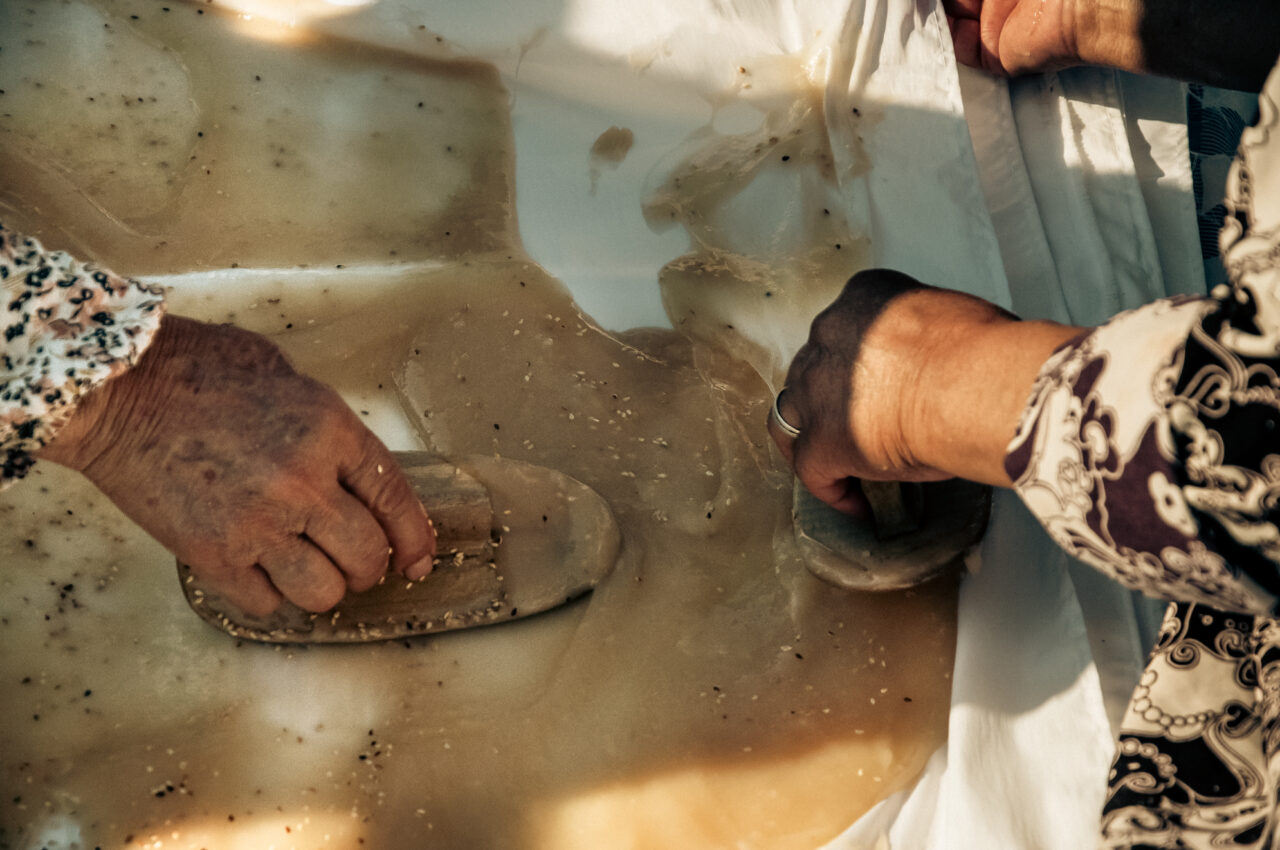
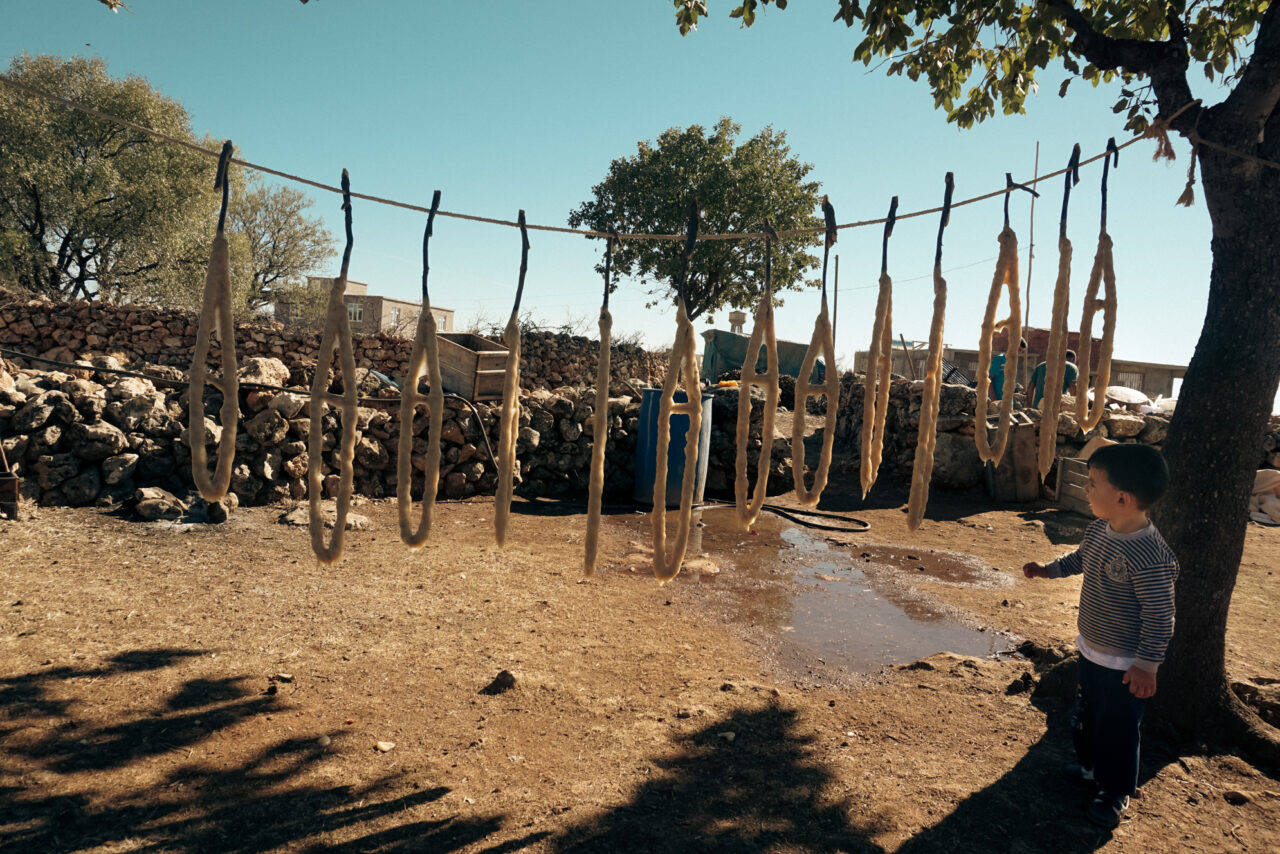
Cevizli sucuk, grape molasses with walnuts, is a traditional specialty rich in minerals and vitamins, produced by all grape growers first and foremost for the yearlong consumption of their own families. It is known in different regions by different names including Maraş sucuğu, bandırma, şeker sucuk, köme or orcik. In Diyarbakır, most often a regional grape variety known as Şire is used in the production of cevizli sucuk.
To make cevizli sucuk, grapes are harvested in their mature period when the highest amount of can be obtained. Bunches of grapes are placed in clean bags and crushed in vats known as salk to produce must. The must is then poured into large cauldrons, heated on wood fire and left to boil. Once the boiling process is completed, the must is transferred to an empty cauldron so the must settles and the solid remains sink to the bottom.
Meanwhile, in a separate container, flour, measured to around 10% of the must is mixed with warm must, taken from the cauldron before it begins to boil, to produce the mixture known as livinç. As this mixture is slowly poured into the must that has begun to boil in the other cauldron, it is also constantly stirred with a long handled tool called egiş to stop the mixture sticking to the bottom of the cauldron. The process is continued until the must reaches a homogeneous consistency to produce thick must.
The next stage is the careful stringing of walnut kernels, one by one, and then they are hung on tree branches. Depending on the desired consistency, the stringed walnuts are dipped for a few seconds or more in the mixture and promptly removed. Then the strings are laid out in the sun to dry. Cevizli sucuk is made in all districts of Diyarbakır where viticulture is practiced, and especially in Eğil, Ergani, Dicle, Çermik and Çüngüş. Cevizli sucuk produced in the district of Lice is different to others, it is white on the surface and known as kef sucuğu.
Gültekin Özdemir
Translation: Nazım Dikbaş
BIBLIOGRAPHY
Gültekin Özdemir
• Karataş, D. D., Karataş H. and Özdemir, G. (2015) Diyarbakır İli Bağcılığının Sektörel Durum Analizi, Dicle Üniversitesi Ziraat Fakültesi Bahçe Bitkileri Bölümü, Diyarbakır.
• Karataş, D. D., Karataş, H. and Özdemir, G. (2017) “Diyarbakır ili bağcılık potansiyelinin ilçeler bazında değerlendirilmesi”, Uluslararası Diyarbakır Sempozyumu (2-5 Kasım 2016), Vol. 3, Diyarbakır Valiliği, Diyarbakır: 2061-2067.
• Karataş, H., Karataş, D. D. and Özdemir, G. (2017) “Diyarbakır ili bağcılığında karşılaşılan sorunlar ve çözüm önerileri”, Uluslararası Diyarbakır Sempozyumu (2-5 Kasım 2016), Vol. 3, Diyarbakır Valiliği, Diyarbakır: 2053-2059.
• Karataş, H., Karataş, D. D. and Özdemir, G. (2017) “Diyarbakır ili yerel üzüm çeşit varlığı ve değerlendirme olanakları”, Uluslararası Diyarbakır Sempozyumu (2-5 Kasım 2016), Vol. 3, Diyarbakır Valiliği, Diyarbakır: 2275-2283.
• Karataş, H., Karataş, D. D. and Özdemir, G. (2017) “Diyarbakır ilinde bağcılık çalışmaları”, Uluslararası Diyarbakır Sempozyumu (2-5 Kasım 2016), Vol. 3, Diyarbakır Valiliği, Diyarbakır: 2285-2291.
• Karataş, H., Karataş, D. D., Özdemir, G. and Demiraslan, R. (2010) “Güneydoğu Anadolu Bölgesi üzüm çeşitlerinin sanayiye yönelik değerlendirilme potansiyeli”, 1. Uluslararası Katılımlı Kamu, Üniversite, Sanayi İşbirliği Sempozyumu ve Mermercilik Şurası (24-26 Mayıs 2010), Diyarbakır: 256-261.
• Kaya, M., Özdemir, G. and Çelik, K. (2014) “Determination of adaptation ability of some table grape cultivars to Diyarbakır ecological condition”, International Mesopotamia Agriculture Congress (22-25 September 2014), Diyarbakır: 639-646.
• Özdemir, G. and Bayhan, Y. D. (2018) “Bazı sofralık üzüm çeşitlerinin Diyarbakır ekolojik koşullarındaki salkım, tane ve şıra özelliklerinin belirlenmesi”, International Congress on Agriculture and Animal Sciences (7-9 November 2018), Alanya: 815-820.
• Özdemir, G., Karataş, H. and Karataş, D. D. (2010) “Bağcılık sektörünün Güneydoğu Anadolu Bölgesindeki üretim boyutları”, 1. Uluslararası Katılımlı Kamu, Üniversite, Sanayi İşbirliği Sempozyumu ve Mermercilik Şurası (24-26 Mayıs 2010), Diyarbakır: 381-386.
• Özdemir, G., Karataş, H. and Karataş, D. D. (2017) “Diyarbakır ilinde organik üzüm yetiştiriciliği karşılaşılan sorunlar ve çözüm önerileri”, Uluslararası Diyarbakır Sempozyumu (2-5 Kasım 2016), Vol. 3, Diyarbakır Valiliği, Diyarbakır: 2003-2012.
Levon Bağış
• Herodotus (2008) Histories, chapter 194, translated by Robin Waterfield, Oxford World’s Classics, Oxford: 85-86.


